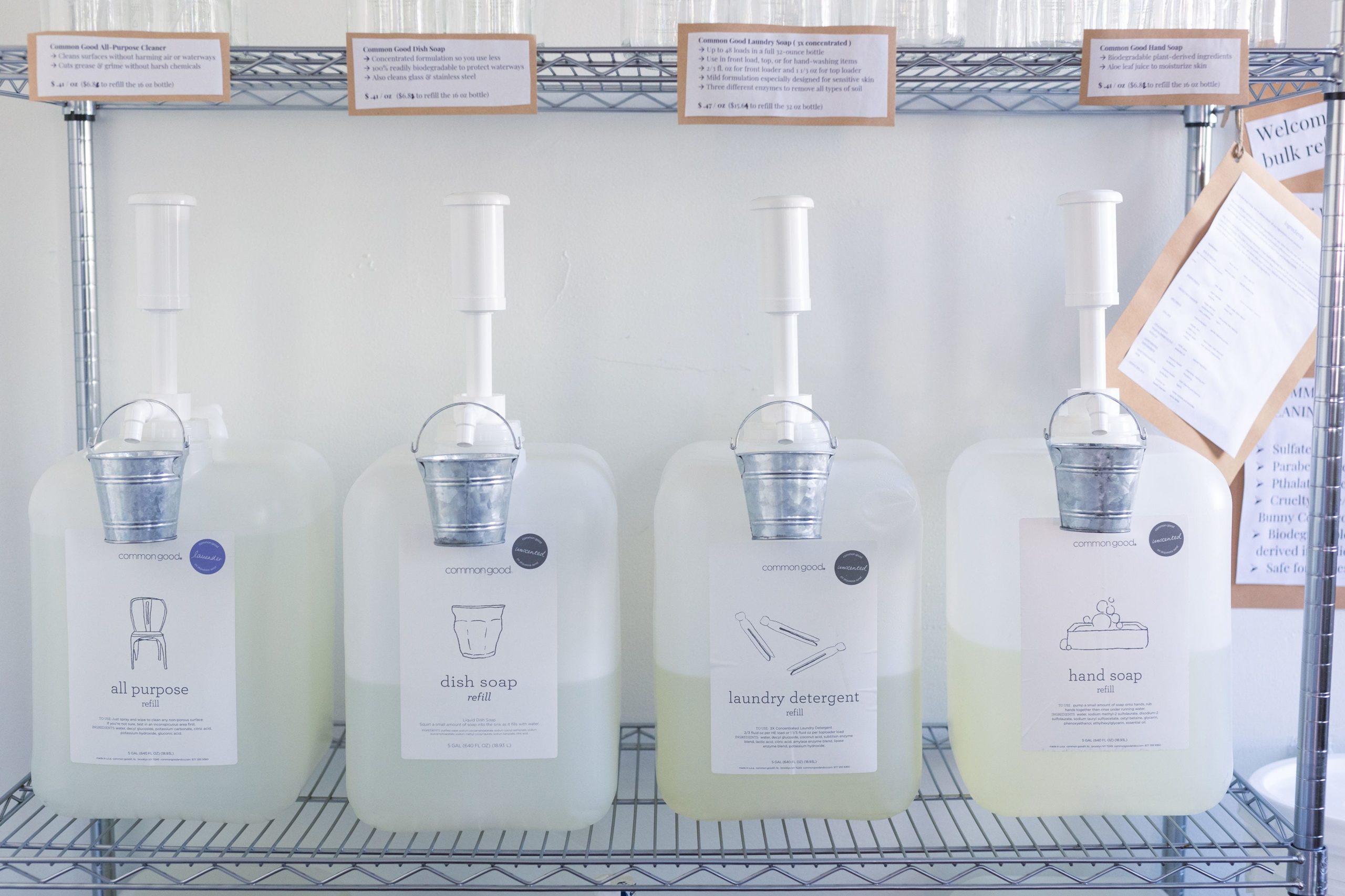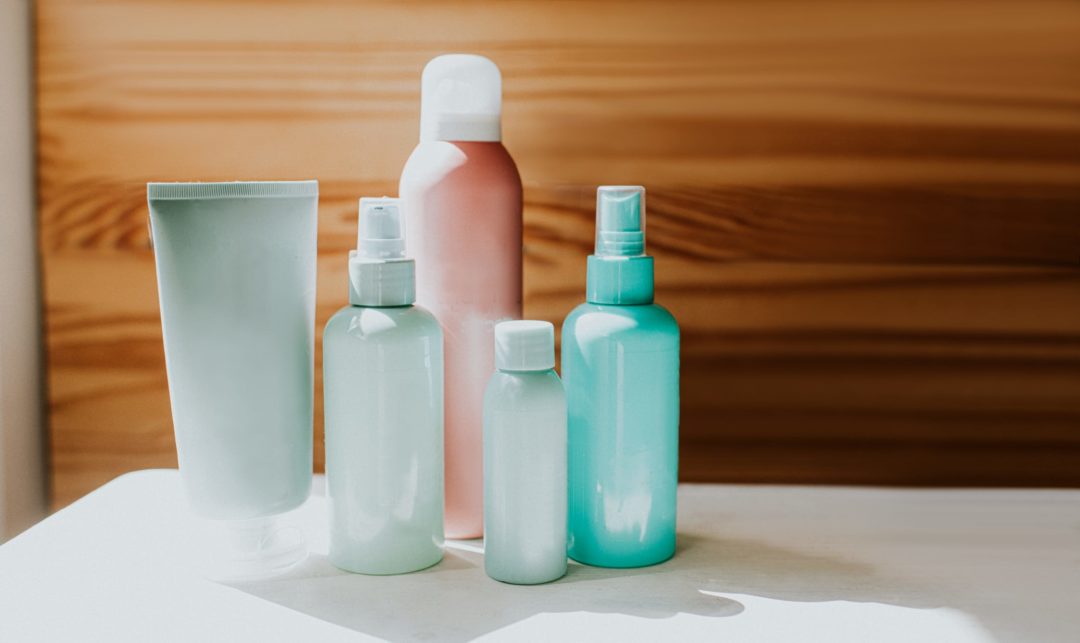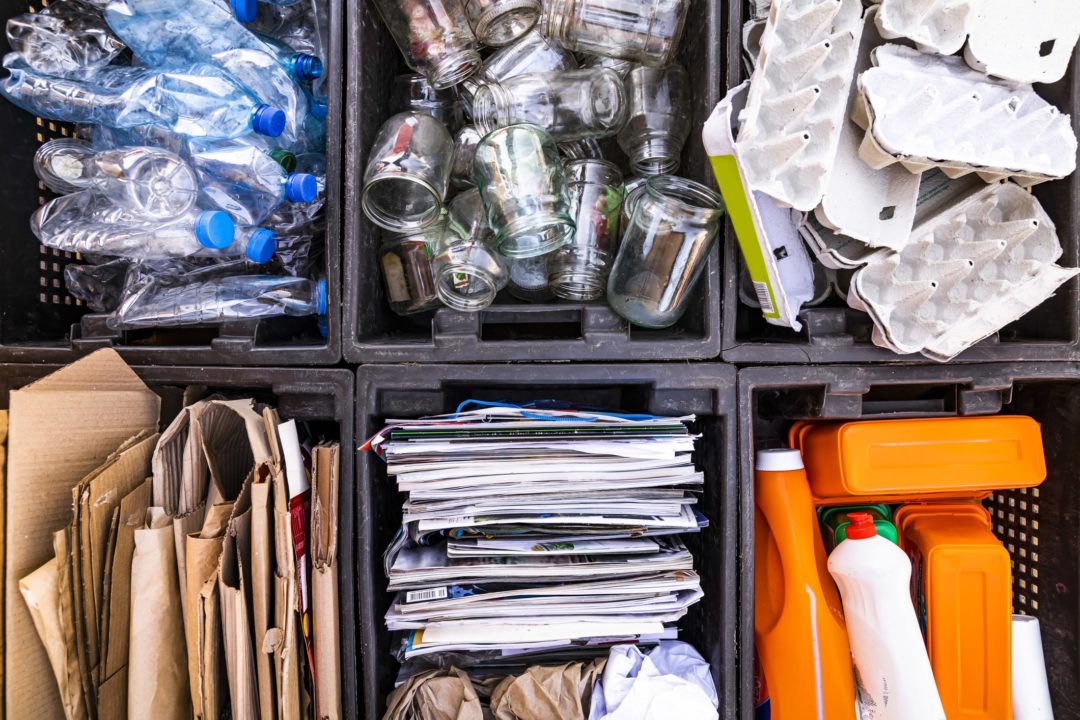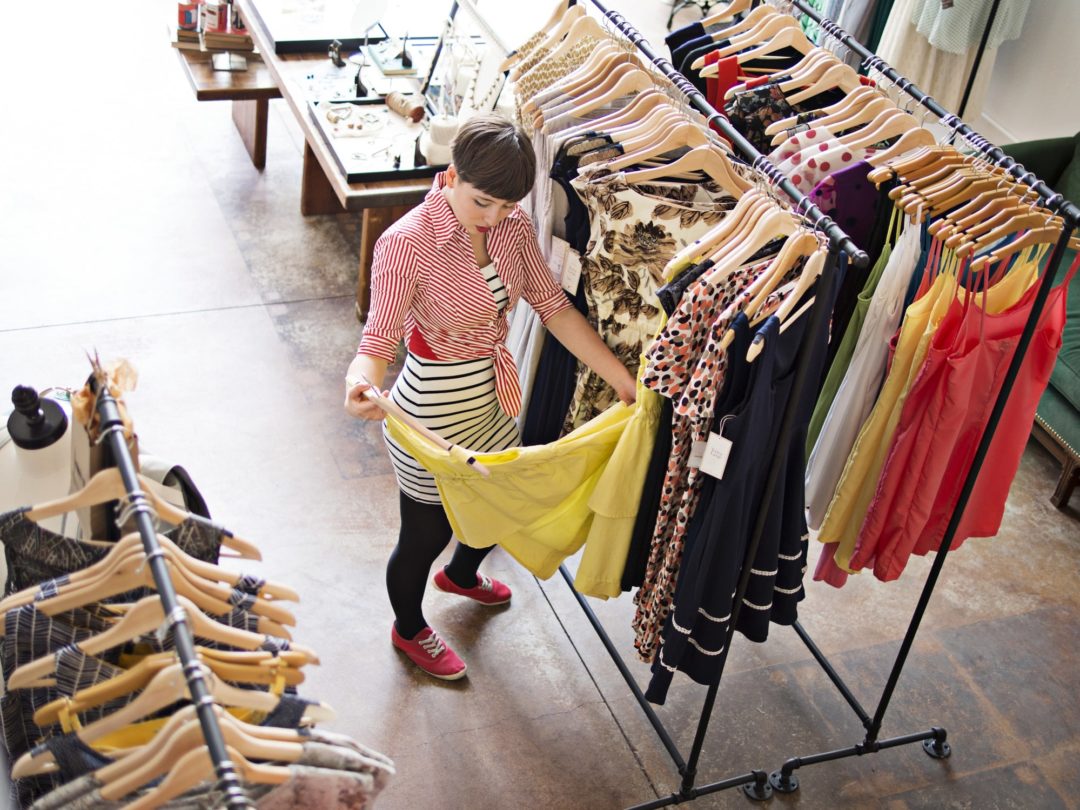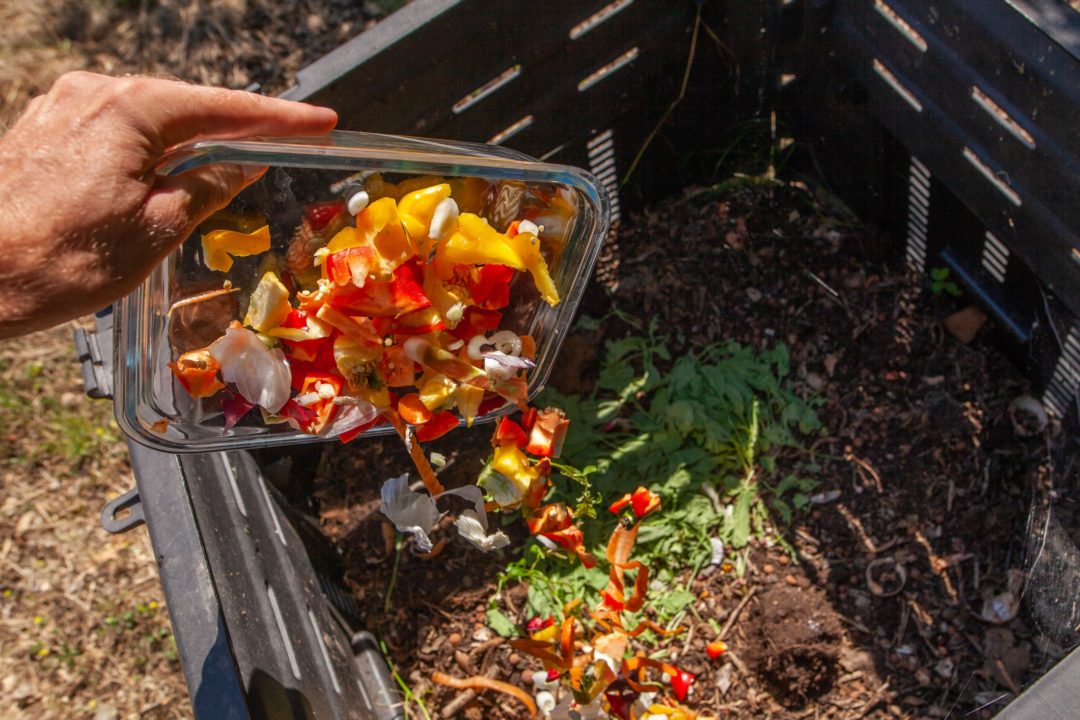Sustainability, the avoidance of the depletion of natural resources in order to maintain an ecological balance, is something we should all take seriously. In 2018, the EPA estimated that 14.5 million tons of one-use plastic containers and packaging ended up in landfills. Small items such as dental floss, package wrappers, trash bags, cups and utensils lead to excess waste that many of us don’t think about, on a daily basis. In addition, clothing is piling up in landfills, as well. Eighty-five percent of textiles, or 13 million tons of trash ended up in landfills in 2017.
How to start on the path to sustainability
Reducing our waste can be done with some easy steps. To get some ideas, I spoke with Sarah Andert, owner of Vintage Green Review, a sustainability shop, at 3530 Magazine St., that sells vintage-inspired, sustainable, plastic-free, eco-friendly products for a low waste lifestyle.
“The biggest thing people forget is that there are three ‘R’s: reduce, reuse and recycle,” Andert said. “Most people jump right into recycling and hope for the best. Most important are the first two ‘R’s. Reduce your use of single-use plastics and waste, and reuse what you can. Recycling has become a sort of crutch; people just throw things into the bin and hope for the best. Single-use plastic is fairly new. There was a time when it wasn’t so prevalent. We can retrace our steps and start to undo what we’ve done.”
At Vintage Green Review, Andert sells items such as reusable paper towels, plant-based floss, bamboo cutlery, metal straws and vintage glassware and kitchenware. She also offers fill and refill services, where you can bring your own container and fill up with hand soap, laundry soap, shampoo and more.
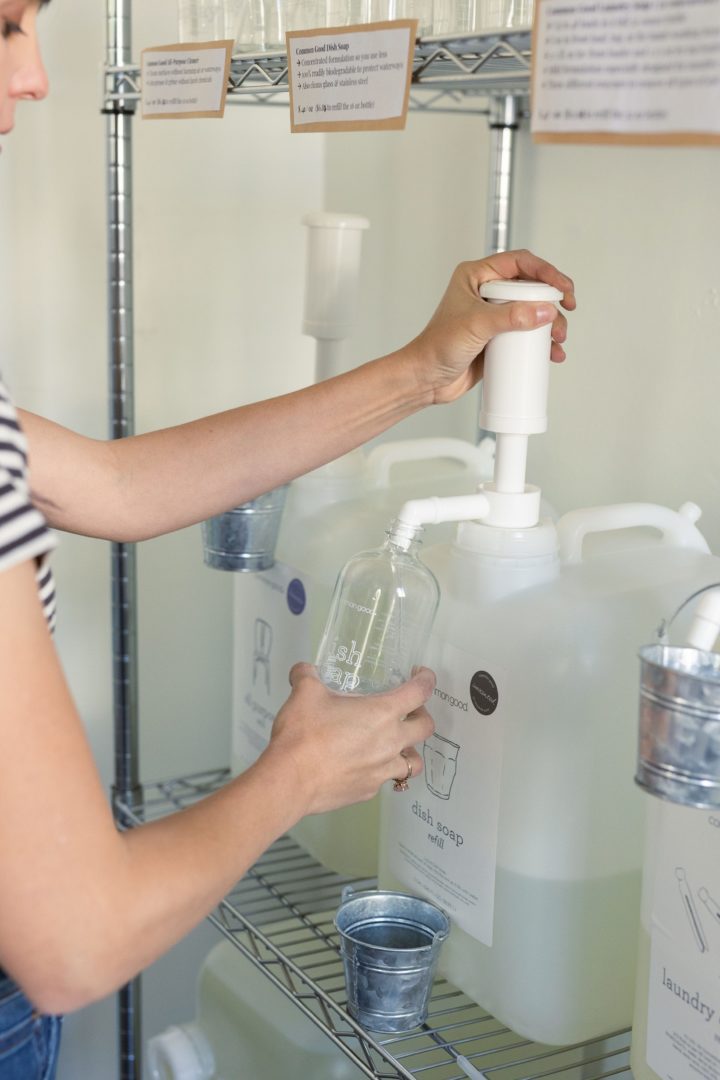
So how can you be sustainable in your own life? Here are a few tips to get you started on your journey.
1. Reuse and refill existing containers: Rather than buy new plastics filled with product, refill containers you already have. Don’t be afraid to start small- using a refillable water bottle can save as much as 1,460 plastic bottles a year! Reusing containers will also save you money, so now is a great time to start cutting back.
2. Buy basic housewares second hand: Thrift stores and second hand shops have entire sets of dishes, cookware and utensils, usually at low prices. Estate sales are also a great place to find deals on kitchenware and everyday things needed for the home.
3. Understand the limitations of plastic recycling and find alternate ways to reuse or recycle: Familiarize yourself with what belongs in the recycle bin and what doesn’t. Andert said that a lot of recycling is “hopeful” recycling, where people throw everything in and hope it will end up in the right place. The fact is, putting items that aren’t recyclable in your bin can contaminate the whole batch. When recycling plastics, look out for items marked with a “1” or “2”; those are the items that can be recycled, locally. Unfortunately, a lot of plastic takeout containers aren’t recyclable, but they end up in bins anyway. Research into where you can recycle other items such as glass or batteries. At Vintage Green Review, they accept disposable razor blades for recycling, through the TerraCycle program.
4. Swap out supplies (cleaning, personal care, kitchen) for plastic-free versions– While it may be hard to find a shampoo bottle not made of plastic these days, other items you use every day have non-plastic alternatives. Plant based dental floss and bamboo toothbrushes reduce plastic in the bathroom. Next time you’re stocking up on storage containers for the kitchen, reach for glass instead of plastic. Lots of cleaning products are available in tablet or powder form, instead of liquid, which reduces plastic. However, before you throw your plastic into the recycle bin, be sure you use it up. In other words: if you already have plastic dental floss, finish using it before switching to a plant-based alternative.
5. Buy second-hand and vintage clothing– This is one of my favorite ways to reduce waste. Avoid fashion trends, and clothing that will only last a year, and hit those thrift stores! I try to do most of my shopping at thrift stores and I’m always surprised at how much people donate; so much of the clothing looks like new. Andert said that a lot of clothing ends up in landfills, even after being donated, because there’s just so much of it. Local shops such as Rickracknola accept clothing donations for repurposing. Thredup, an online thrift store, is a good place to check if you’re looking for something specific and you’re unable to find it in your area.
6. Composting: This is something my grandmother used to do, because it was easy and she loved gardening. Composting is the process of recycling organic materials and letting them break down into something you can use. So much food waste goes to landfills, when it can be going towards your compost. So, what goes into a compost? According to Eden Project, vegetable peelings, fruit waste, teabags, plant prunings, eggshells and grass cuttings are a good start. Be sure to add things that grow or are produced naturally (no plastics, glass or metals). Not only is this a great way to keep food waste out of landfills, but the nutrient-rich compost can go back into your garden. No space in your yard? Get a countertop compost bin.
These tips are a great start on being more sustainable. Remember to take it slow and, before you know it, you’ll be amazed at how much waste you’ve been able to reduce.
Cover Photo Courtesy Sarah Becker, Vintage Green Review

